Commercial photographer Steve Boxall gravitates toward fun
Commercial photographer Steve Boxall desribes his photography work with Zero Gravity Corp. and his resort photography work
• March 2020 issue
It’s one thing to photograph Stephen Hawking. It’s another thing to photograph Stephen Hawking sans wheelchair, floating in a reduced-gravity aircraft.
Steve Boxall is a commercial photographer who, among other things, photographs clients of Zero Gravity Corp. as they experience gravity-free intervals on parabolic flights. Boxall says it was amazing to see someone who was a wheelchair user for so many years floating like a superhero: “That it was Stephen Hawking made it doubly so.” Hawking’s daughter told Boxall his photo of the late physicist was the famed scientist’s favorite of himself. “It was definitely the most memorable flight I have done,” Boxall says. “[Hawking] was loving it and didn’t want to stop. He would have flown as many parabolas as they would have let him.”
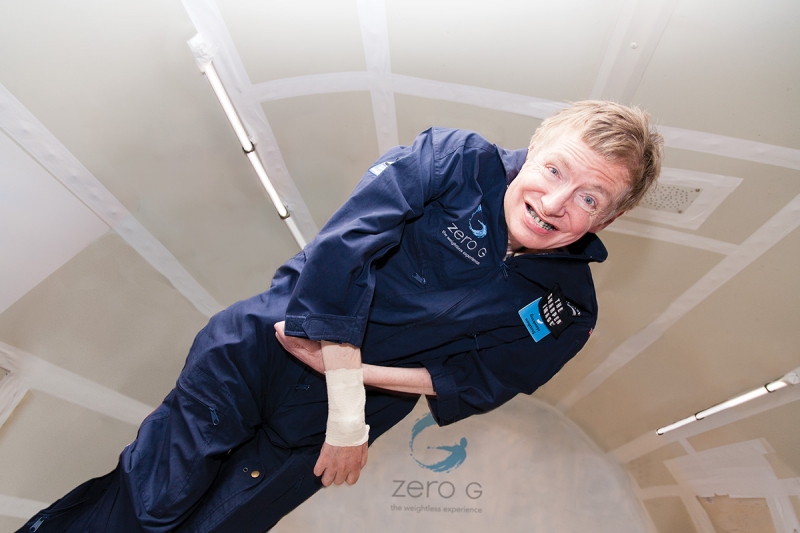
Foot in the (aircraft) door
At more than $5,400 per seat, a Zero Gravity flight is a privilege few people can afford, and those who can afford it usually do it only once. But thanks to a “bit of luck and making my own luck,” he says, Boxall experiences zero gravity about once a month as a flight photographer. When the company was a startup, a friend of Boxall’s was its head of sales. Revved by the company’s big idea to have passengers experience weightlessness via a Boeing 727 flying a series of parabolic arcs, Boxall told his friend he’d be happy to help with anything the company might need. Boxall invested time in doing some complimentary work for the company on terra firma, and his friend promised to pay him back one day. That day came a year and a half later when he gifted Boxall a flight.
Naturally Boxall made tons of photos and video of his experience. This was 13 years ago, before social media had hit the mainstream. So after the flight, Boxall processed his images, created a web gallery, and emailed a link to the other passengers he’d flown with that day. Zero Gravity took notice and three months later hired him to photograph another flight. “I’ve managed to keep shooting flights ever since,” he says. Today, he’s part of a small freelance media team who photograph all the company’s flights—usually 50 to 75 a year.
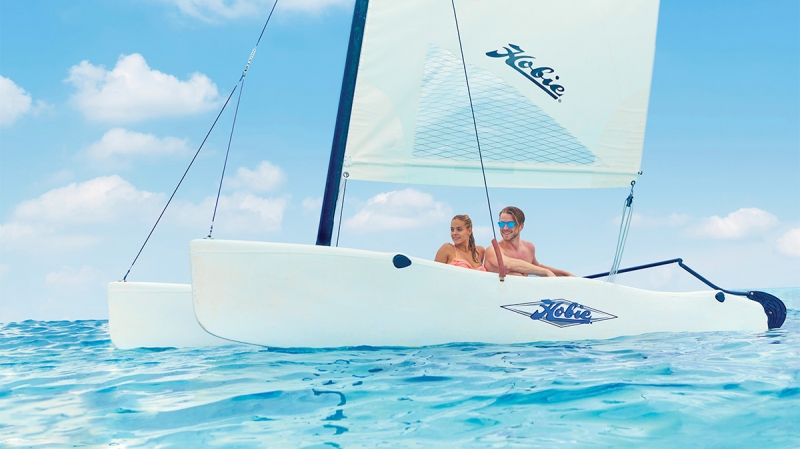
The challenges of making images on a zero-gravity flight are not photographic, Boxall explains. You’re shooting in a white tube with an on-camera flash, so the light bounces and easily fills the frame for you. What’s tricky is positioning. “Once gravity goes away, it gets really crazy,” he says. Passengers are doing this flight for the first time, so they don’t have the body control that trained astronauts have. He needs eye contact from subjects, and he needs them to look like they’re floating. If a subject is holding a handrail and their feet are touching the floor of the plane, they won’t appear as if they’re experiencing zero gravity even though they are. To help passengers help him make good photos, he gives a short briefing before each flight to explain the best posing and positioning.
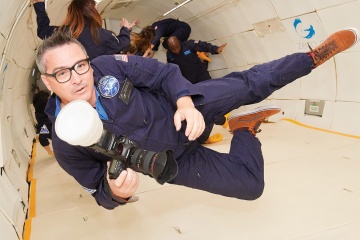
Steve Boxall at work
In addition to still photos, Boxall makes video of the flight via six GoPro cameras mounted throughout the aircraft. But with passengers bouncing around the airplane, those cameras sometimes get kicked into the wrong position. So Boxall has to make sure they stay in place at all times.
Photos and videos are part of the Zero Gravity package that clients purchase, so Boxall’s work is considered mission critical, he explains. “These people only get to do this once, and if you don’t get their picture, they are upset.” With 30 passengers per flight and only 15 parabolas, 12 of which are in zero gravity, he needs to photograph at least two people every parabola, each of which lasts just 30 seconds. “Those are intense time constraints on getting your deliverables,” he says. “You have to have great shots of everyone by the end of the flight.”
Meanwhile, on land
Though Zero Gravity is Boxall’s biggest client, it’s only one small part of his customer portfolio. Born to a commercial photographer father, Boxall began assisting on commercial shoots at a young age in London and continued in that niche when he moved to the United States. Based in Miami, Boxall does a lot of resort work as well as other commercial work, for example photographing heart pump patients for medical device company Medtronic.

He’s traveled to tropical resorts in the Turks and Caicos and the Dominican Republic to make marketing images. What sounds like a more-than-ideal day at the office mostly is, Boxall admits. “It’s definitely a fun thing to hang out in a resort and shoot beautiful images.” But it’s also hard work. “The reality is that you are waking up hours before sunrise where it’s hot and humid and dragging tons of equipment and standing in the sun. That is amazing but, you know, there is a lot of it that is good old hard work.”
The challenge of commercial shoots in general is that you’re convening a team of people for a limited amount of time with a lot of money on the line and unpredictable weather. His business thrives on repeat clientele and referrals, so it’s paramount that shoots are highly organized and clients leave happy. Value-added extras like excellent catering go a long way toward pleasing a client on shoot day, he says. “I’m a big fan of giving them something tangible to walk away with.” They always leave with a hard drive of images, of course, but a few printed images or a book of images takes the customer experience to a new level. Whoever walks away with those prints may keep them on their desk for the long-term, fueling daydreams tropical resorts, he says, which keeps his studio on their mind.
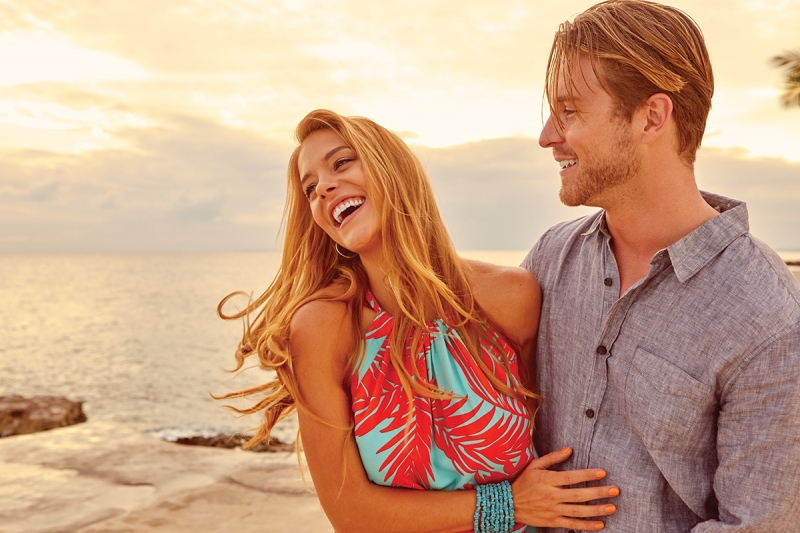
The biggest challenge he’s faced in the photo business of late is the rise of Instagram influencers as a new pool of photographer candidates. “You are not just competing with pro photographers in your city or your market, but now you are up against every Instagram influencer across the world who may or may not have the years of experience that you have built up.” While he has loyalty from regular clientele, this trend has altered the competition when it comes to landing new clients. When agencies are looking for photographers, they no longer go to Google, he explains. They go to Instagram, enter a hashtag and start searching. That makes Instagram, rather than your website, the first point of contact for potential commercial clients, he explains. So it’s becoming increasingly important to stay on top of that feed. “What I consider my least curated body of work, Instagram, is now what’s in between your website and your clients.”
Fortunately for Boxall, years of experience and a cadre of repeat clients who are consistently pleased with his work keep his business soaring. Plus he gets to enjoy work he describes as “too much fun”—some of it gravity-free.
Amanda Arnold is associate editor of Professional Photographer
Tags: commercial photography

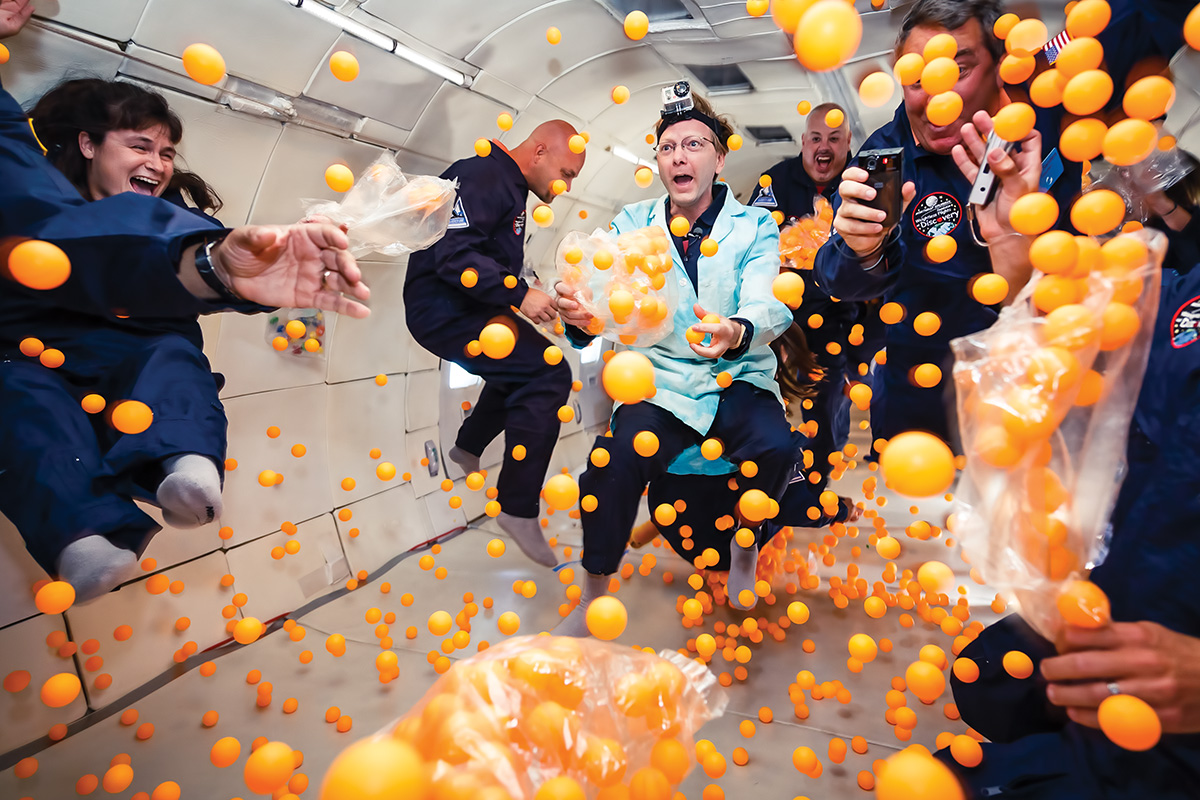
 View Gallery
View Gallery
